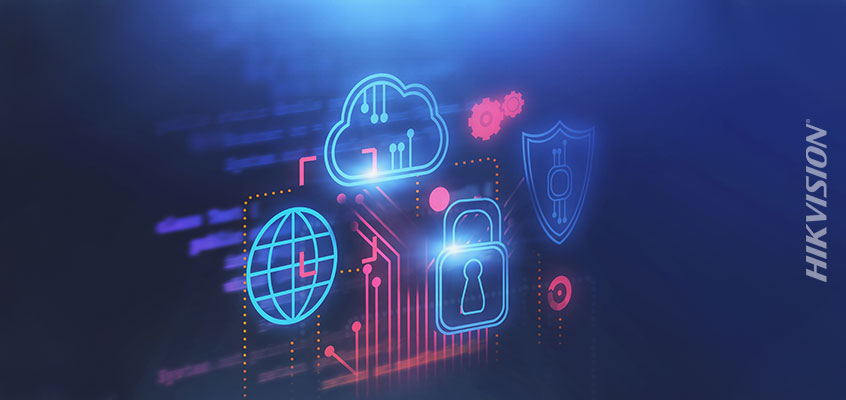L'utilisation de Confiance Zéro pour combattre les vulnérabilités et réduire le piratage par SecurityInfoWatch.com

Le directeur principal de la cybersécurité Hikvision discute de l'utilisation du réseau Confiance Zero pour répondre aux problèmes de sécurité
SecurityInfoWatch.com (SIW) traite de Confiance Zéro pour combattre les vulnérabilités et réduire le piratage dans cet article : “Five key considerations for tackling Zero Trust.” Confiance Zéro est une approche de la sécurité des réseaux visant à protéger les données et à maximiser la cybersécurité.
Dans l’article : “Pendant le COVID-19, le plus grand risque pour de nombreuses entreprises est associé aux données contenues dans les courriels. Comme les communications numériques semblent être privilégiées par rapport aux conversations téléphoniques, toutes les entreprises doivent s'assurer qu'elles ont une politique en place qui garantit la protection des données confidentielles, qu'elles soient partagées à partir d'ordinateurs portables d'entreprise ou d'appareils personnels qui ont été mis en service en raison de conditions de travail à distance.”
L'article décrivait les principales considérations relatives à Confiance Zéro, notamment :
1. Les données créées aujourd'hui ont une valeur, et donc un risque, plus élevé que les informations plus anciennes ou les données archivées. Cela rend les données actuelles les plus importantes à protéger en premier.
2. Comprendre le cycle de vie des données afin de créer une politique à suivre par les gens.
3. Identifier les données de valeur la plus élevée pour commencer.
Le directeur principal de la cybersécurité de Hikvision, Chuck Davis, a également couvert l'architecture Confiance Zéro Network dans un récent article de SIW. M. Davis déclare : “Alors comment vous défendre contre ces cyberattaques réseau ? Il existe une architecture, appelée réseau Confiance Zéro, qui traite le réseau interne d'une organisation comme un environnement hostile en ne faisant confiance à personne. Créé en 2010 par John Kindervag, l'ancien analyste principal de Forrester Research, le réseau Confiance Zéro est basé sur le concept que tous les réseaux internes de l'entreprise ne sont pas fiables et doivent être traités comme non fiables. L'accès est uniquement accordé aux appareils qui doivent communiquer entre eux.”
Vous pouvez lire l'article de Hikvision en ligne ici pour en savoir plus sur la résolution des vulnérabilités et de piratage à l'aide de l'approche Confiance Zéro.
